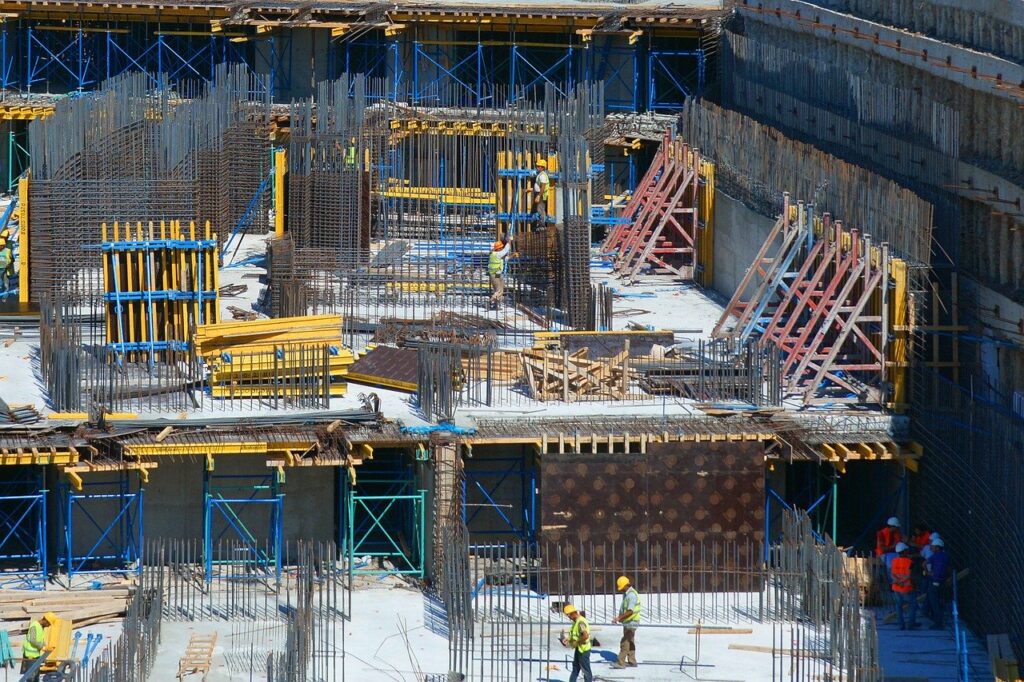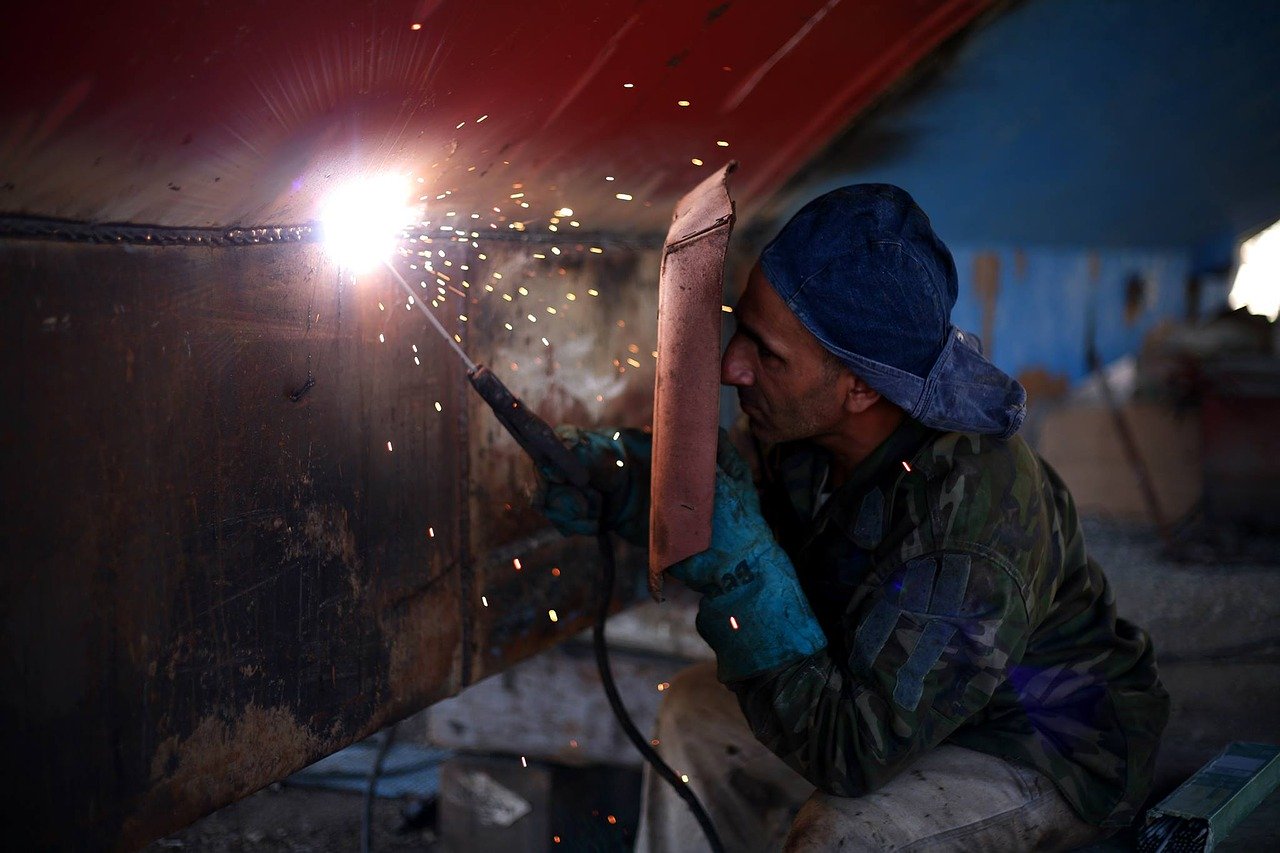Other than looking out for the progress of your project and sending their updates to your stakeholders, the role of inspection also includes the careful examination of your construction works against quality and industry standards. How you conduct your quality inspections becomes the pillar of your construction quality management. And your company’s quality management can dictate the overall quality of your project delivery.
Project specifications
The project specifications are usually the adaptation of the agreed quality standards for the project between the project owner and the contractor. In Europe, project specifications are usually adapted from the European Commission’s Manual of Standard Building Specifications meaning construction or building projects must comply with applicable legislation and standards that apply according to where they are being built.
Legislations are categorised and inspected according to the following building stages:
- Urban development legislation (planning permission and environmental licences)
- Architectural legislation (architectural design, structural calculations for the building shell)
- Legislation governing technical installations (dimensions, energy consumption)
- Legislation on health and safety at work
- Environmental legislation
There are also community legislations that include specific provisions concerning buildings, health and safety at work and environmental protection.
For standards, the Belgian standards (NBN) are recognised as the profession and trade standards. There are also various national standards per country. The European standards, on the other hand, emerge from the European Committee on Iron and Steel Standards (ECISS), the European Committee for Standardisation (CEN) and the European Committee for Electrotechnical Standardisation (CENELEC).
Global standards are based on the International Standardisation Organisation (ISO), the International Electrotechnical Commission (IEC), and the International Committee on the Conformity of Electrical Equipment (CEE-El).
Inspections and testings
Some project elements are traditionally tested by third-party organisations; examples of these are concrete strength, soil compaction, etc. Inspections alongside tests for these are usually conducted during the execution of the work wherein the product quality is ascertained and reported immediately alongside the progress following the inspections. Other than the contractor or the project manager, quality of certain project elements are inspected and determined by the architect or third party consultants during scheduled site visits
For those on-site products that do not pass the initial inspection and quality tests, the architect or the project manager will create a punch list of items that need to be corrected and redone in order to meet the set project specifications and quality standards.
More on quality control and assurance inspections and the related building controls in our article on why construction inspections are important.
Quality control and quality assurance
Your construction project quality is managed by your quality management program that involves a quality control (QC) program and a quality assurance (QA) process. Quality control is managing and making sure that the requirements of the project quality are met according to specifications while quality assurance is defining the process and steps needed to be taken to ensure that those quality requirements are met.
Having rigorous inspection processes in your QC/QA management program are critical to deliver your project successfully. Additionally, your rigid QC/QA inspection system provides a useful guideline for managing the quality of work of your subcontractors.
For inspections concerning health and safety, proceed to our article discussing construction inspections for compliance to health and safety standards.
The role of inspections in your quality management program
Ideally, to have an effective quality management program, the project owner and contractor should draft an agreed quality management program that includes a defined quality management process, a trained project manager of supervisor on the process, and a clear control system. A good management program should also incorporate work ownership and accountability with performance and results reviews.
Quality control inspections
Your quality control team should ensure that your construction products and services comply with the project requirements as taken from all the applicable standards and legislations we have mentioned above. Your quality control inspections are carried out for technical specifications and usually includes the execution, completion, products and materials of your:
- Concrete procedures
- Masonry
- Metals
- Wood plastic composite
- Thermal and moisture protection
- Openings
- Finishes
- Fire suppression
- HVAC
- Electrical
- Communications
- Electronic safety
- Exterior improvements
- Utilities
For a full list of the types of quality control inspections, you can refer to the Manual of Standard Building Specifications. With your QC inspections, inspection schedules should be set, as well as pre-cover-up and pre-closure inspections. These inspections should all be accompanied with proper documentation including written reports and photo and document attachments.
Quality assurance inspections
Your quality assurance team should ensure that your quality control program is running smoothly and that your quality assurance processes are carried out carefully. Your QA inspections play a huge role in:
- Establishing work practices that result to meeting quality standards
- Examining ongoing and completed works and their quality to determine if they meet project specifications
- Ensuring that the materials used comply with project quality standards
- Assuring that completed work is protected from damage or harm
- Issuing reports related to both acceptable and substandard works
- Tracking corrective works, reworks and issuing project status updates until completed satisfactorily
- Examining quality control processes and methods used to work out if the project manager is controlling on-site activities properly
- Reviewing processes, procedures, and practices and identifying possible areas for changes in order to improve the resulting work’s quality
- Suggesting or requesting changes to the project team and management
- Reviewing quality control documentation to secure the effectiveness of the systems in place
Your QA inspections are usually guided by systemic actions and plans based on applicable external quality management system standards like the ISO 9000 family of standards.
Essentially, standardised inspections account for a good quality management program and assure quality for at least four good reasons:
- Competent inspection protect the industry from criticism and loss of public confidence that would result from inferior work.
- Good inspection protects the contractor’s reputation from that damage that would result from unintentional failure of trusted employees to perform properly.
- Competent inspection protects the contractor from being placed at the competitive disadvantage that would result if other contractors were allowed to do substandard work.
- Good inspection protects a contractor who follows others in stage construction or as a subcontractor.
Standardised quality inspections are your gateway to a robust quality management system and overall quality project delivery. Having a construction software that assists you with your on-site quality inspections gives you the power to conduct top-notch yet easy inspections that eventually result to quality project delivery, increased productivity, and an overall successful construction project.



